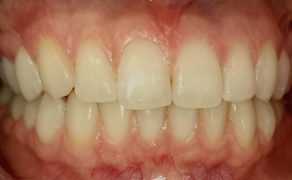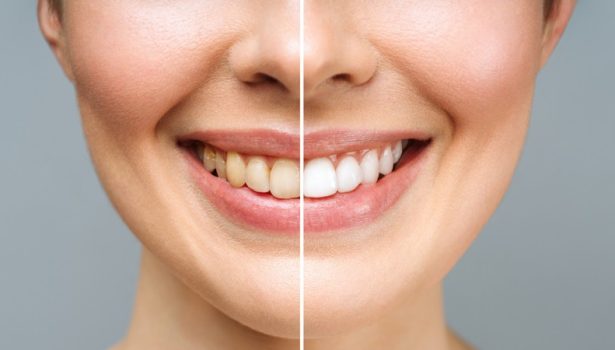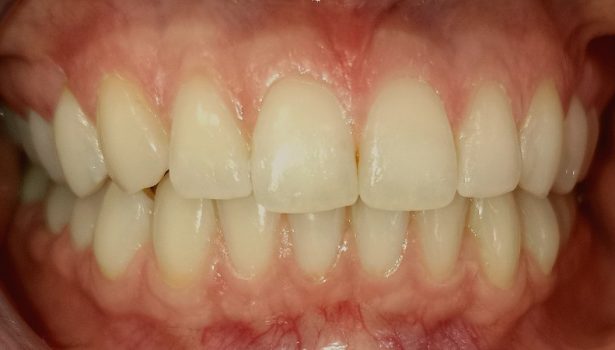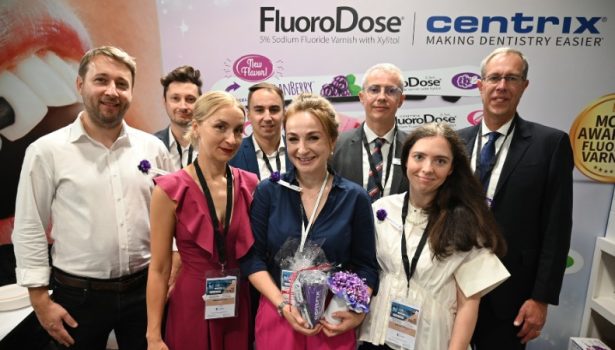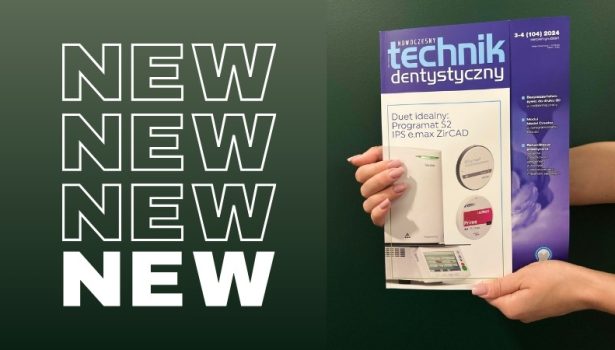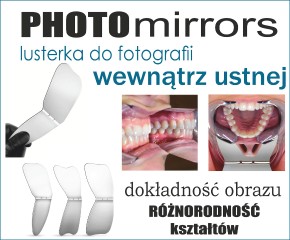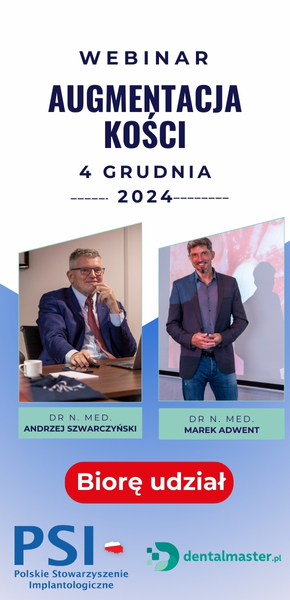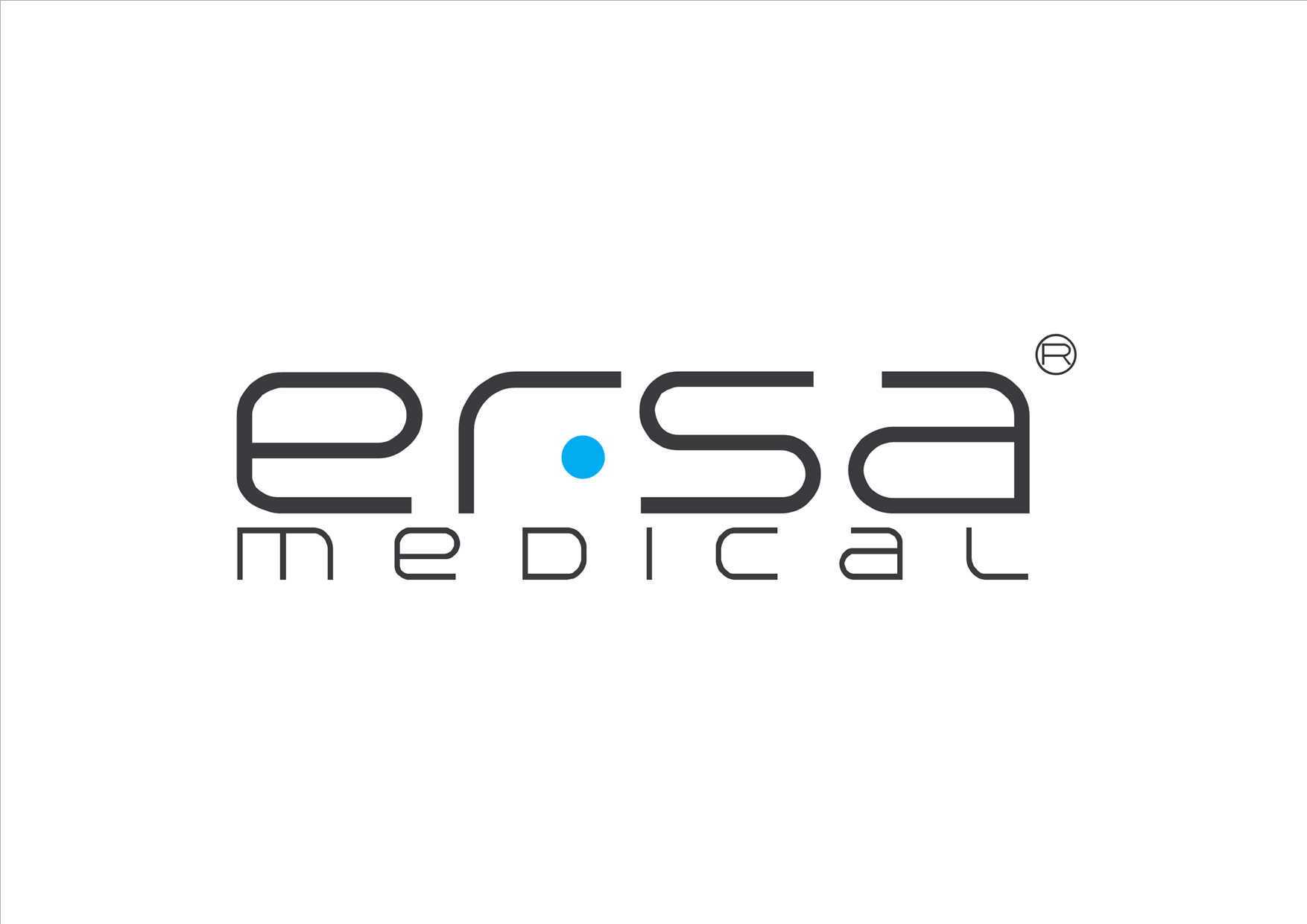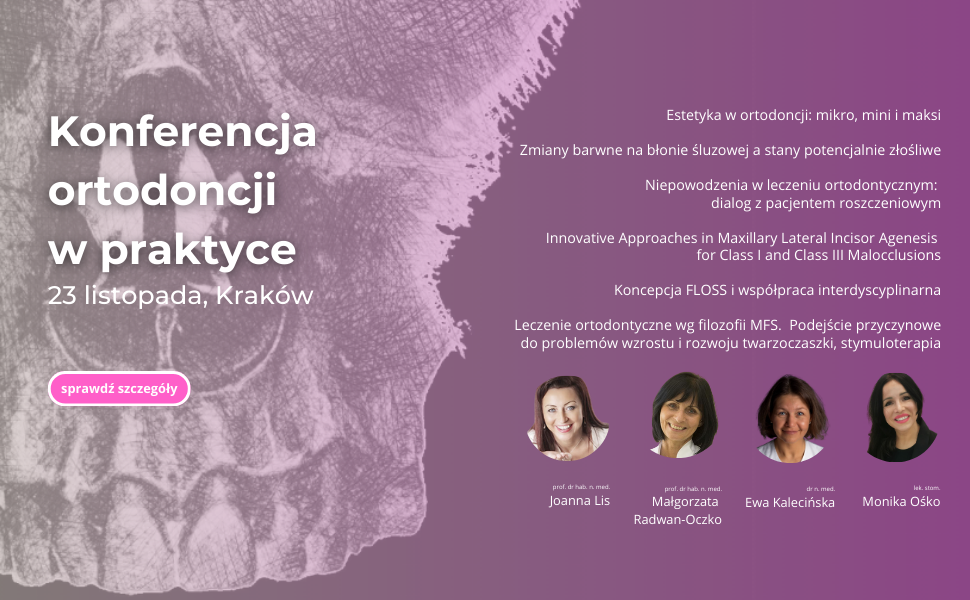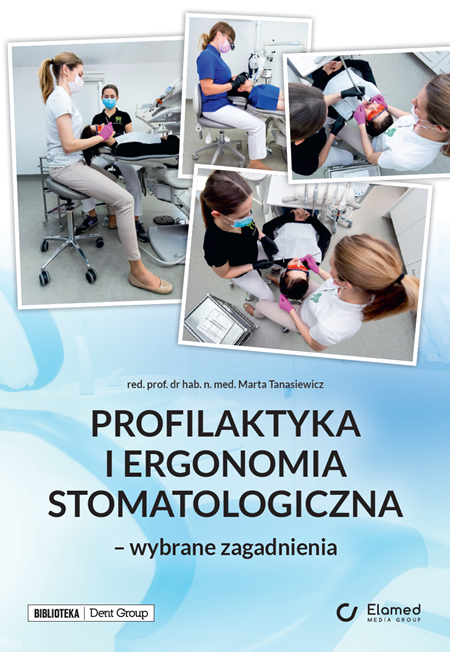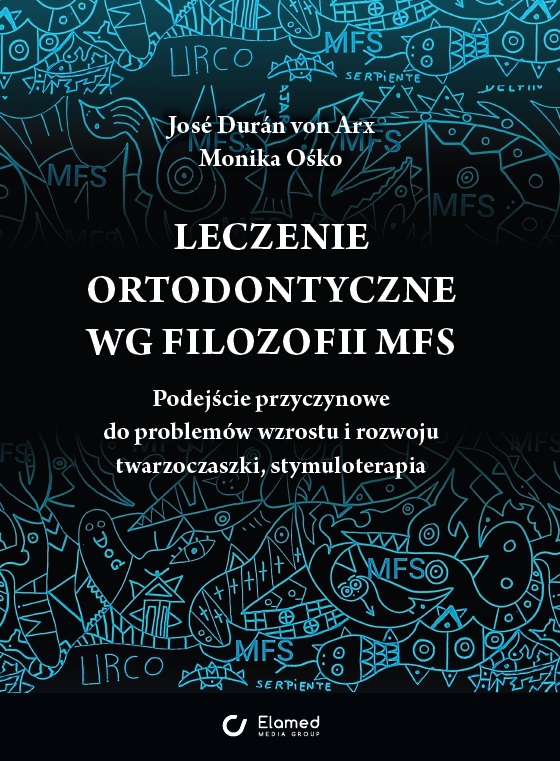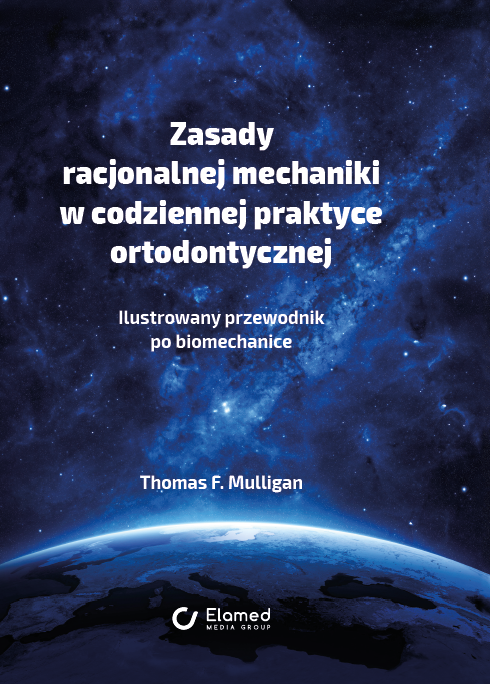Leczenie implantoprotetyczne po urazie w strefie estetycznej
Post-injury implantoprosthetic treatment in the aesthetic zone
Injuries to the teeth and surrounding tissues are among the most frequent craniofacial injuries (from about 4 to even 33% according to Lewandowski, about 4.5% according to Lam). They are usually observed in children and youth; in adults, the majority of accidents resulting in damage to the teeth occurs between 21 and 30 years of age. In mature persons, traumatic injuries to the teeth are found mainly in men, which is associated with practicing contact sports and a tendency to aggressive behaviour (according to Arabska-Przedpełska, for the age range of 19–21 the causes of injuries are sport and fighting, and communication accidents for the range above 23) (1-4). According to Andreasen, in adults the injuries are caused by prodding or striking and usually occur during leisure time (5). Predisposing factors for injury also include: malocclusion (e.g. excessive overjet), overweight and obesity, and diseases such as epilepsy (6-7). The injuries usually involve upper anterior teeth, followed by lower teeth; they may also involve lateral teeth (3, 8). Deciduous teeth injuries are more often associated with the damage to surrounding tissue, whereas in the case of permanent teeth they usually involve teeth alone. It is related to anatomical conditions: deciduous teeth are surrounded by a small amount of flexible bony tissue, which makes them easier to knock out. The rigid connection between permanent teeth and a larger amount of bony tissue leads to crown and root fractures during trauma (9). The earliest and most frequently used classification of traumatic tooth injuries is Ellis classification. He divided the damage to teeth into 9 classes: I – crown fracture through enamel, II – crown fracture through enamel and dentin, III – crown fracture with pulp exposure, IV – trauma leading to the loss of pulp vitality, with or w...
Dostęp ograniczony.
Pełen dostęp możliwy tylko dla zalogowanych użytkowników z wykupioną prenumeratą lub subskrypcją.
Dlaczego warto się zarejestrować?
- zyskasz dostęp do artykułów otwartych publikowanych na łamach „TPS – Twój Przegląd Stomatologiczny”;
- zobaczysz część filmów zamieszczonych w dziale dentalVIDEO;
- będziesz na bieżąco z wszystkimi nowościami z branży stomatologicznej;
- możesz skorzystać z katalogu firm i porównywarki produktów,
- masz możliwość sprawdzenia kalendarium wydarzeń i relacji z imprez branżowych.
Logowanie
Mogą zainteresować Cię również
Ortodoncja w praktyce

Leczenie nasilonego zgryzu otwartego klasy II u pacjentki w wieku dojrzewania przy użyciu klejonego ekspandera Hyrax, miniimplantów IZC i techniki MEAW
Słowa kluczowe: zgryz otwarty, klasa II, zwężona szczęka Keywords: open bite, class II, narrow maxilla Streszczenie: Niniejsze doniesienie kazuistyczne opisuje udane leczenie pacjentki ze zwężoną szczęką i nasilonym zgryzem otwartym klasy II za po...
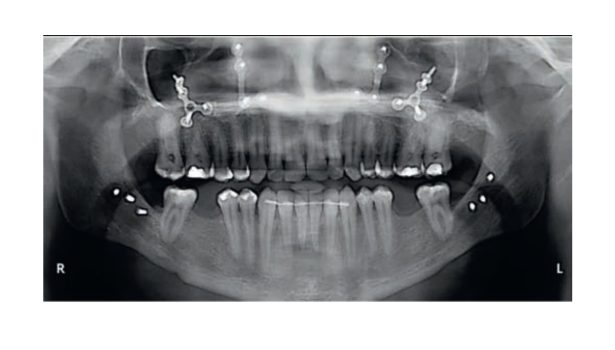
Łączne leczenie ortodontyczne i chirurgiczne ciężkiej wady zgryzu klasy III ze zgryzem krzyżowym przednim i tylnym
W niniejszej pracy kazuistycznej przedstawiono przypadek dorosłego pacjenta z ciężką szkieletową wadą zgryzu klasy III, z ewidentnym niedorozwojem szczęki i nadmiernie rozwiniętą żuchwą, co powodowało zgryz krzyżowy przedni i tylny, a także przesu...
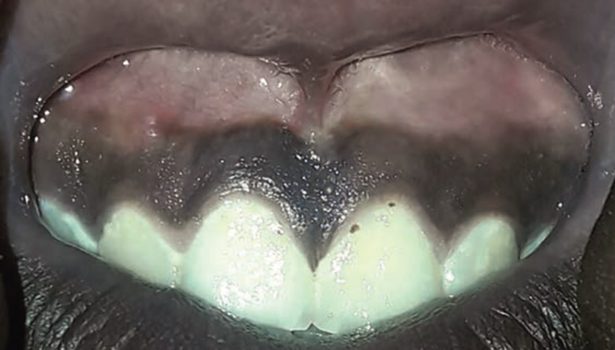
Dwunastoletnia obserwacja po przeprowadzeniu laserowej frenektomii w fazie wczesnego uzębienia mieszanego. Opis przypadku
Słowa kluczowe: frenektomia, diastema, laser Keywords: frenectomy, diastema, laser Streszczenie: Wędzidełko wargi górnej jest jednym z wędzidełek jamy ustnej, zlokalizowanym po wewnętrznej stronie górnej wargi w linii środkowej. Diastema pośrodkow...





